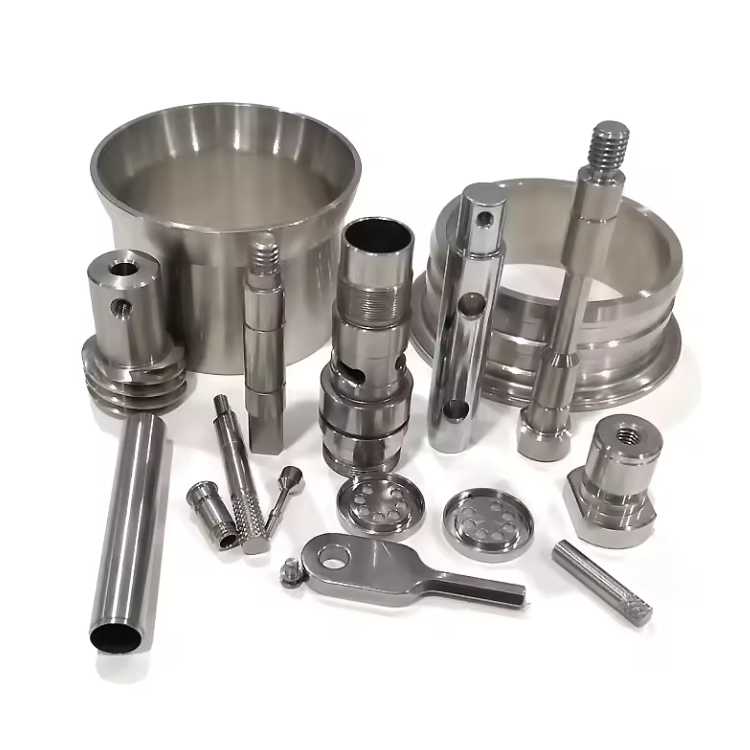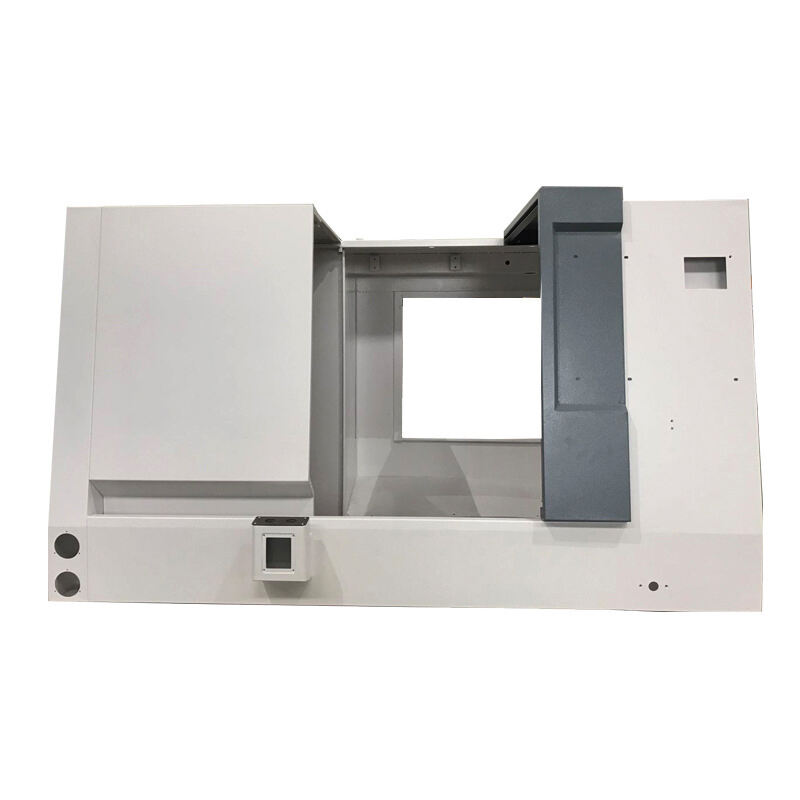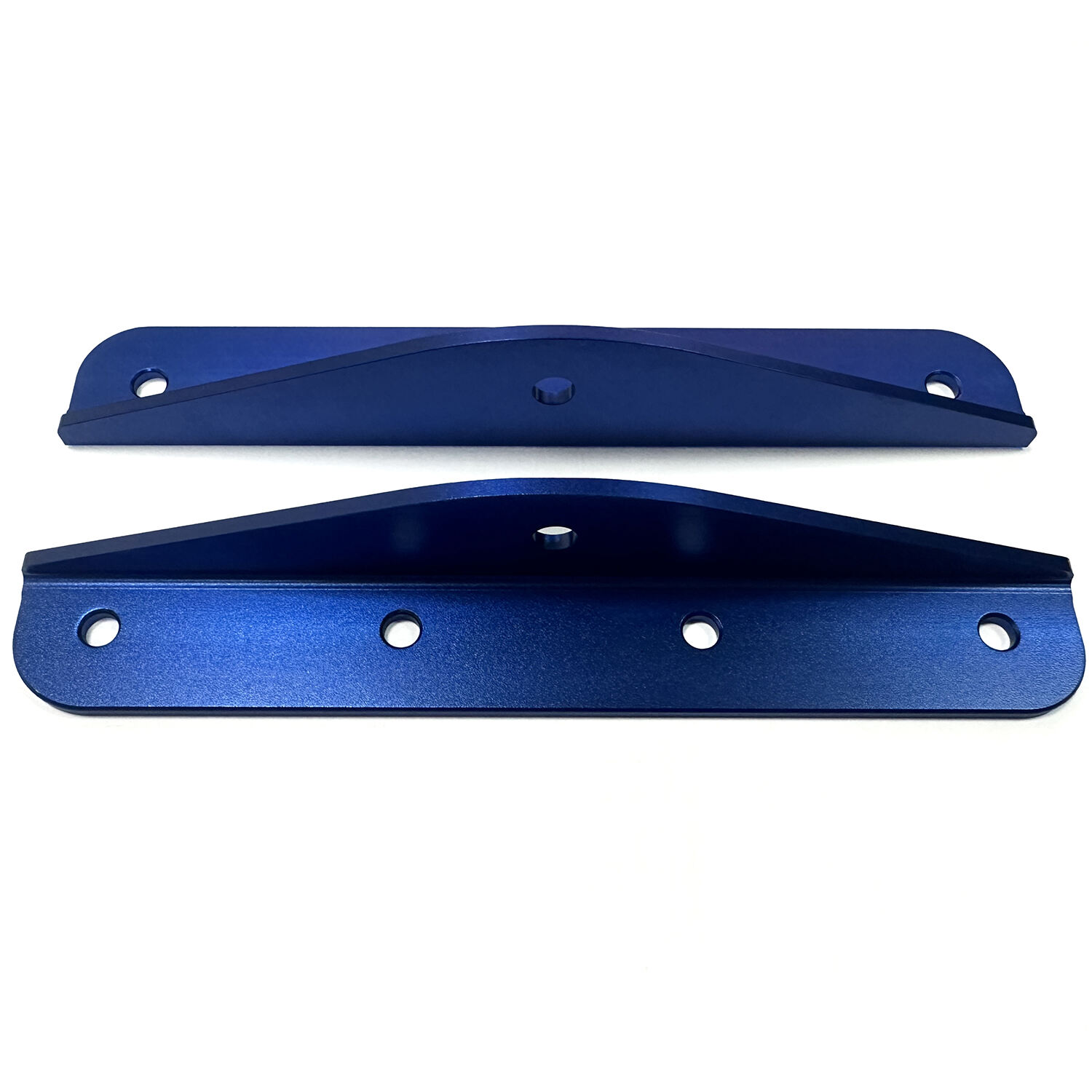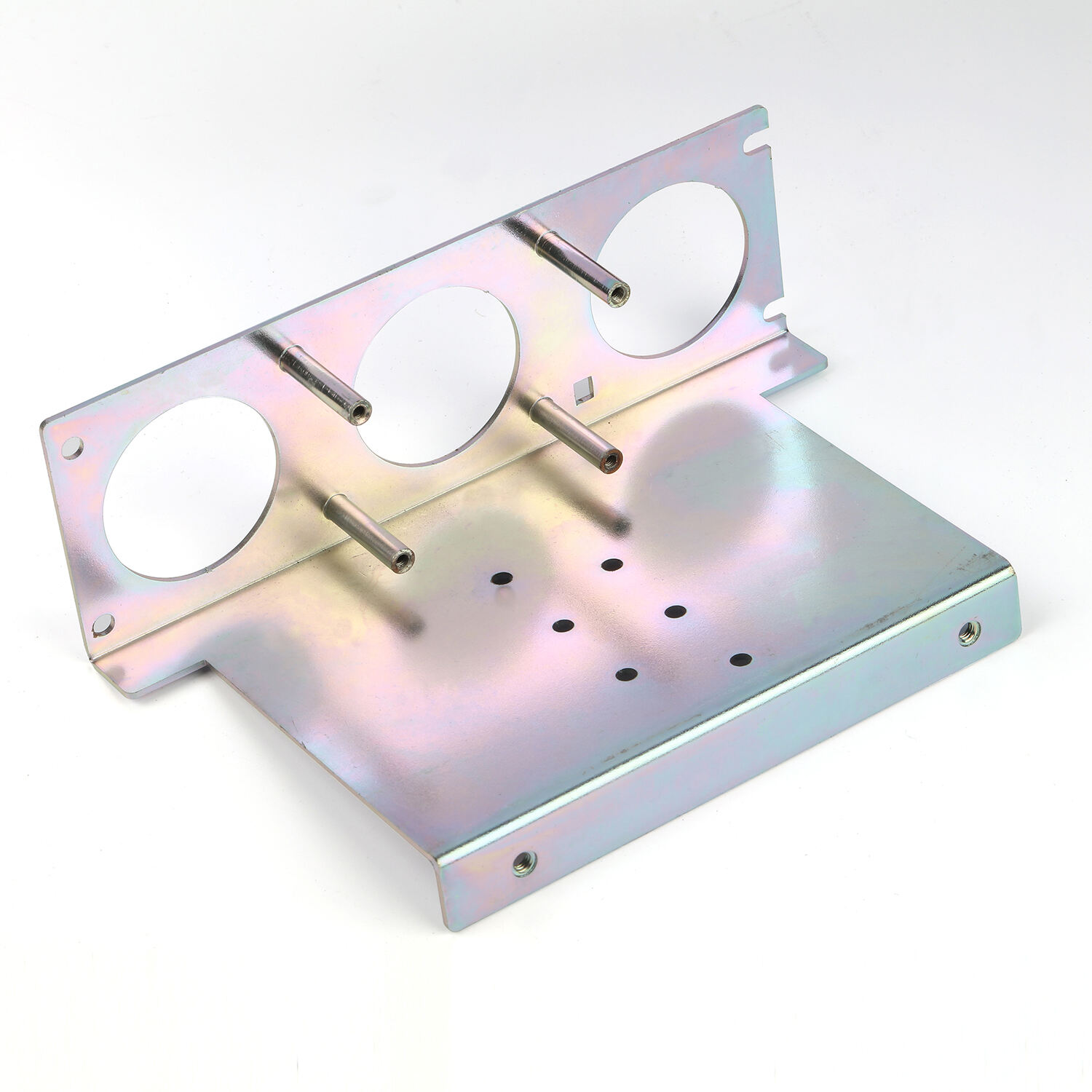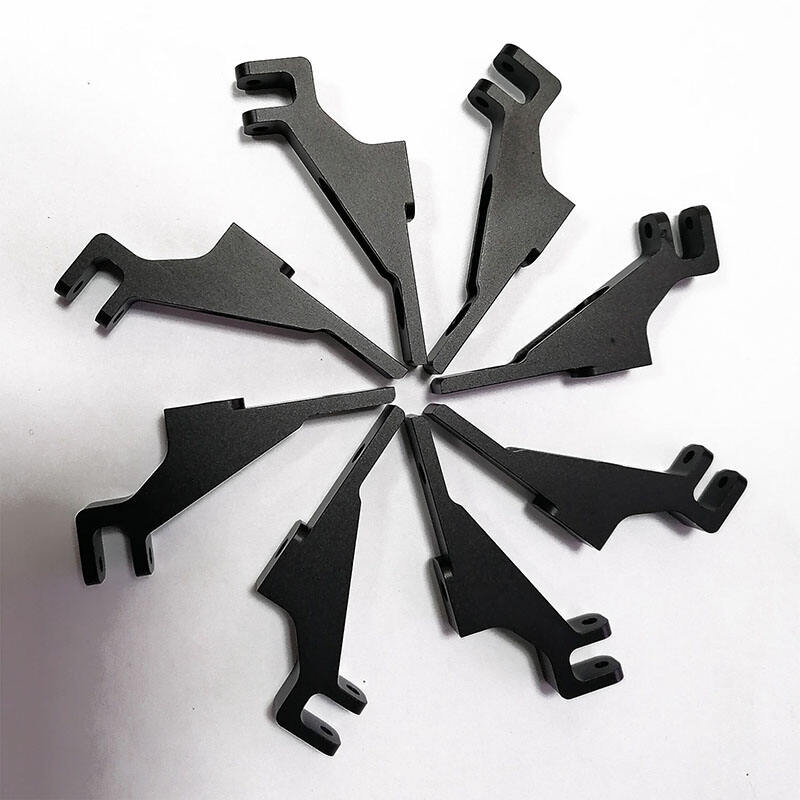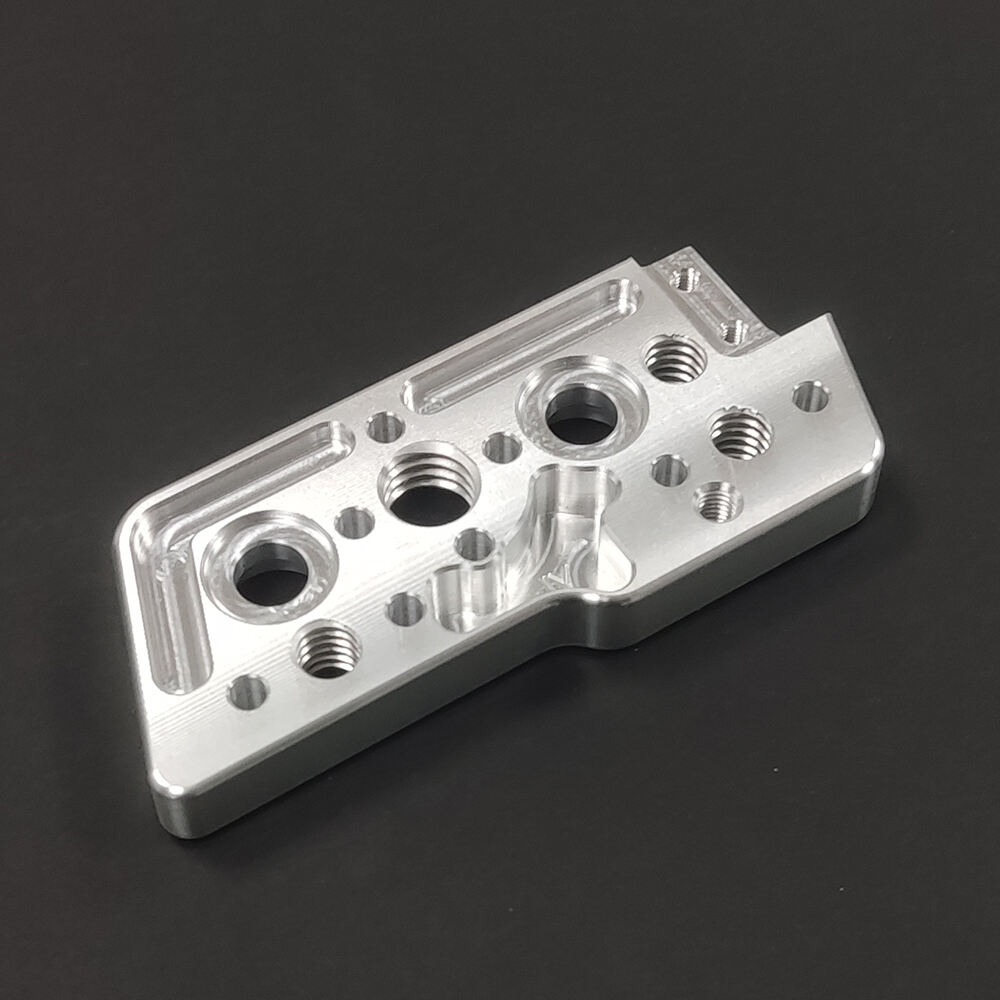The core position of CNC machining technology in modern manufacturing industry
The Evolution of CNC Machining in Modern Manufacturing
CNC machining represents a major shift in how things get made, moving away from old school manual work towards machines that run themselves with amazing accuracy. The technology first appeared back in the middle of last century and slowly changed the game for manufacturers everywhere. Instead of relying solely on skilled workers who had to manually operate machines based on their experience, these computer controlled systems take over most of the heavy lifting. What this means is better quality products with fewer mistakes. We see this happening all over the place now, especially in car factories where parts need to fit together perfectly, and also in aircraft production where even tiny errors can have big consequences.
CNC machining started back when punch card systems controlled machine tools, setting the stage for what we now see as advanced digital manufacturing equipment. Back then programming these early CNC machines was a real pain point for operators who had to deal with those punch cards manually fed into readers. Still, this represented major progress over completely manual machining techniques that dominated before. With time came CAD/CAM software packages which changed everything. Suddenly engineers could design parts on computers and send those designs straight to machines. This breakthrough allowed manufacturers to produce intricate shapes consistently across batches something impossible with older methods. The ability to maintain tight tolerances while creating complicated forms became standard practice rather than exceptional skill.
Switching over from manual work to CNC machining machines has really sped things up while cutting down on mistakes made by people. The change we've seen in manufacturing isn't just minor either. Factories don't need workers standing right next to dangerous equipment all day long anymore thanks to CNC tech, which makes everything safer and more dependable overall. Manufacturers can now churn out parts that meet strict quality standards required by sectors where precision matters most, think aerospace components where even tiny errors could spell disaster. Looking at what's happening today, CNC machining sits right there at the cutting edge when it comes to new ideas in making metal parts, working with sheet metal, and probably other areas we haven't even thought of yet.
Key Benefits of CNC Machining Technology
Enhanced Precision and Consistency
CNC machining delivers amazing precision that beats most traditional manufacturing approaches hands down. Some shops can achieve tolerances down around 0.001 inches, which sounds tiny but makes a huge difference in real world applications. Take aerospace parts for instance – getting those measurements right isn't just nice to have, it's absolutely essential for plane safety. Same goes for car manufacturers who need engine components that fit together perfectly without fail. When machines consistently produce parts exactly as designed, whole production lines run smoother. No more rejected batches or assembly headaches because something was off by a fraction of an inch. That kind of reliability keeps customers happy and saves money in the long run.
Increased Efficiency and Productivity
CNC machines really ramp up manufacturing efficiency since they can run nonstop without needing those pesky breaks that human operators require, which naturally increases what factories can produce. Because these machines work all day long, they tackle complicated jobs much faster than traditional methods, cutting down on how long each part takes to make. This makes it possible for companies to keep up when customers want thousands of products quickly. When shops switch to CNC machining, their whole production line gets smoother and more productive. For businesses trying to hold their ground against competitors in markets where everyone wants everything yesterday, this kind of operational improvement isn't just nice to have it's basically table stakes at this point.
Cost-Effectiveness in High-Volume Production
CNC machining cuts down on manufacturing expenses mainly because it reduces what people have to do manually while also wasting less material overall. When machines handle the work automatically and with pinpoint accuracy, each item ends up costing less to produce, which is why so many companies turn to this method when they need to make lots of products at once. Another big plus is how easy it is to change what these CNC machines are doing just by updating their programming settings. No huge extra costs involved here! This flexibility means factories can switch gears pretty fast when customer needs shift or new designs come along. We see this happening all the time in industries like metal stamping and sheet metal fabrication where quick adjustments save both time and money.
Applications of CNC Machining Across Industries
Aerospace and Automotive Sectors
CNC machining plays a key role in aerospace and automotive manufacturing, especially when dealing with complicated shapes that need tight accuracy. Parts like engine brackets, structural housings, and aircraft body sections must fit within very narrow tolerance ranges to pass safety tests and function properly. That's exactly what CNC machines excel at handling day after day. The technology keeps every manufactured component matching its blueprint specs down to fractions of a millimeter. For manufacturers in these critical fields, getting consistent results matters because anything less than perfect could compromise both product quality and operator safety on the job site.
Medical Device Manufacturing
Getting things just right matters a lot when it comes to CNC machining for medical devices because these parts need to meet all sorts of strict rules set by regulators. Think about surgical instruments or implants that go inside people's bodies – if there's even a tiny mistake in how they're made, that can put lives at risk. What makes CNC machining so valuable here isn't just meeting those tough requirements, though that's definitely important. It actually builds confidence among doctors who rely on these tools day after day and patients who trust their health to them. When everything fits perfectly and works exactly as intended, everyone involved feels better knowing what they're dealing with has been manufactured correctly from start to finish.
Consumer Goods and Electronics
CNC machining is really important for making custom enclosures and parts across consumer goods and electronics, allowing manufacturers to create all sorts of innovative designs. Take a look at today's consumer electronics market, everything from our daily smartphones right down to kitchen gadgets benefits greatly from what CNC machining can do. The ability to rapidly prototype means getting new products off the drawing board and into stores happens much faster than traditional methods allowed. For businesses operating in markets where trends change overnight, this kind of flexibility makes all the difference when trying to stay ahead of competitors who might be slower to adapt their production processes.
Exploring CNC Machining Products
Precision CNC Machining Parts Made of Stainless Steel Aluminum
When it comes to CNC machining, stainless steel aluminum stands out because it packs strength, weighs next to nothing, and resists corrosion pretty well. Manufacturers love working with this alloy for all sorts of parts in different industries. Aerospace companies rely on it for engine components since it can handle extreme temperatures without warping. Car makers use it for suspension parts where weight savings matter but toughness is still needed. Medical device firms appreciate how clean it stays after repeated sterilization cycles. For shops running CNC machines, getting parts right means meeting those tough specs set by FAA regulations or ISO standards. The material just makes sense when building anything that needs to last through harsh conditions while keeping things light enough to function properly.
Colorful Anodized CNC Machining Parts in Aluminum
Anodizing improves how CNC machined aluminum parts look and makes them more resistant to corrosion, something really important for things like phones, laptops, and other gadgets people actually touch. What's cool about this process is it lets manufacturers choose different colors for their parts, and companies have been asking for this more lately as consumers want their devices to stand out visually. When we combine anodizing with precision CNC machining, we get components that catch the eye while standing up to daily wear and tear. Think about smartphone frames or laptop casings – they need to look good but also last through drops and scratches without showing damage.
Precision CNC Machining Parts
CNC machining brings an incredible level of accuracy when making parts that need complex shapes and fine details. These machines can handle everything from big industrial components down to tiny consumer product pieces. What makes CNC so valuable is how closely it follows the original blueprints, which means manufacturers get consistent results batch after batch. Most shops have multiple checks built into their workflow to make sure nothing slips through that doesn't meet specs. This attention to detail explains why so many critical industries rely on CNC processes for their most demanding production needs where even small errors just won't cut it.
The Future of CNC Machining in Manufacturing
Integration with IoT and Smart Manufacturing
Bringing IoT technology into CNC machining is changing how traditional manufacturing works, turning old factory floors into what we now call smart factories. The tech lets manufacturers keep tabs on things in real time and get much better data analysis that helps them tweak their production lines. With IoT connected machines, CNC equipment can actually tell when parts are wearing out, show if something's wrong during operation, and track how efficiently products are being made. This gives plant managers all sorts of information they need to fix problems before they become big headaches. What this means practically is fewer shutdowns and lower costs overall because maintenance happens just in time rather than after breakdowns happen. Looking ahead, these kinds of improvements point toward manufacturing environments that will be far more connected across departments, able to react faster to changes, and ultimately friendlier to our planet too.
Advancements in CNC Software and Automation
What's coming next for CNC software could completely change how manufacturers handle complex designs and automate their workflows. Today's CNC machines depend on advanced software packages capable of handling complicated geometries and adapting through systems like machine learning. This kind of tech gives machines more independence, so they can actually make adjustments mid-operation when conditions shift unexpectedly. For factory owners, this means getting way better productivity numbers while still being able to tweak production runs as needed for different customer requests. Looking ahead, we'll probably see even more improvements in software features keeping CNC machining right at the cutting edge of what's possible in modern manufacturing shops across the country.
Recommended Products
Hot News
-
What is MIM processing method?
2025-11-25
-
Does copper for conductive purposes need surface treatment?
2025-11-21
-
Advantages of CNC machining
2024-01-16
-
What is CNC machining technology?
2024-01-16
-
The development trend of CNC machining
2024-01-16
-
Surface treatment technology in CNC machining: improving product added value
2025-03-20
-
What is the difference between SS316 and SS316L?
2025-11-10
-
Good news -100pcs large mechanical equipment casings have been produced
2025-11-11
-
Surface treatment of stainless steel - powder coating or spray painting
2025-11-13
-
What Role does Sheet Metal Shell Processing Play in Electronic Products?
2025-12-04

 EN
EN
 AR
AR
 CS
CS
 DA
DA
 NL
NL
 FI
FI
 FR
FR
 DE
DE
 EL
EL
 IT
IT
 JA
JA
 KO
KO
 NO
NO
 PL
PL
 PT
PT
 RU
RU
 ES
ES
 SV
SV
 TL
TL
 ID
ID
 VI
VI
 TH
TH
 MS
MS


